Scientists have issued a warning about the largest solar storm in nearly two decades, which could potentially cause a blackout of internet and phone services today.
This alert comes in the wake of the merging of two massive sunspots.
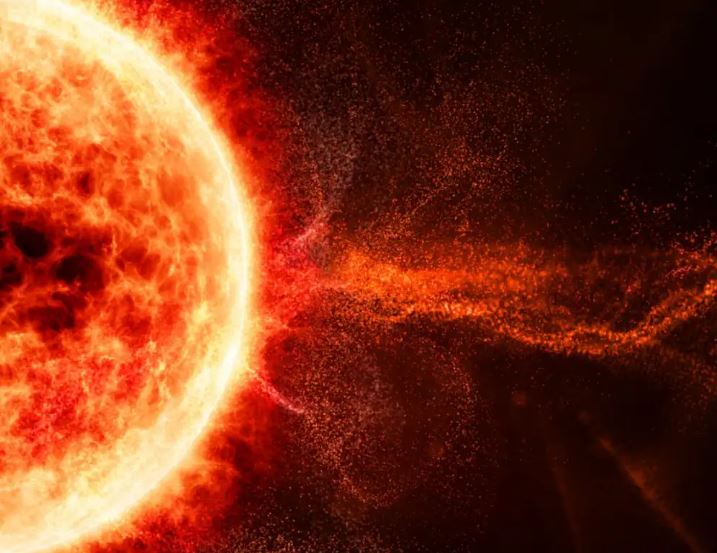
The warning from NOAA
The National Oceanic and Atmospheric Administration (NOAA) has raised concerns about possible technological blackouts due to this 'severe' solar storm.
The agency announced this warning as two colossal sunspots merged and released multiple solar flares, two of which fall into the X-class category, signifying their enormous size.
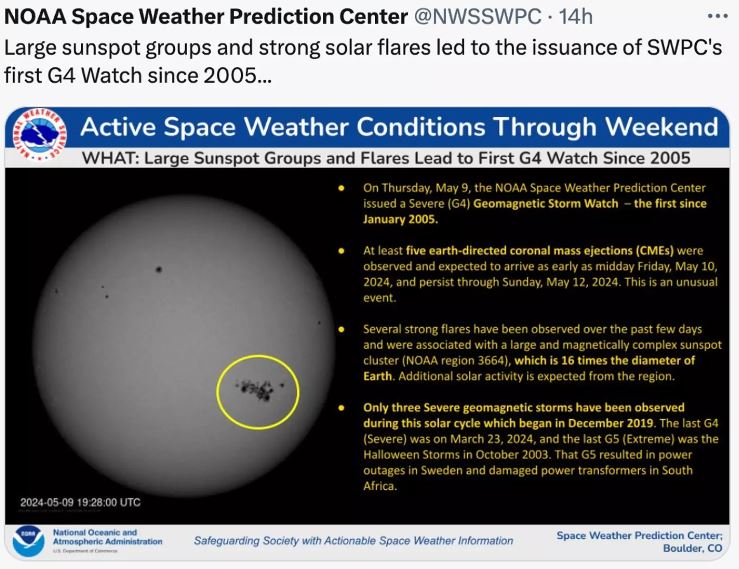
The solar flares and their journey
These solar flares, also known as coronal mass ejections (CME), expand as they traverse through space and are anticipated to reach Earth late today or early tomorrow.
The upgrade in solar storm watch level
Following the merging of the sunspots, NOAA elevated its geomagnetic solar storm watch from a level 3, denoting 'moderate', to a level 4, indicating 'severe'.
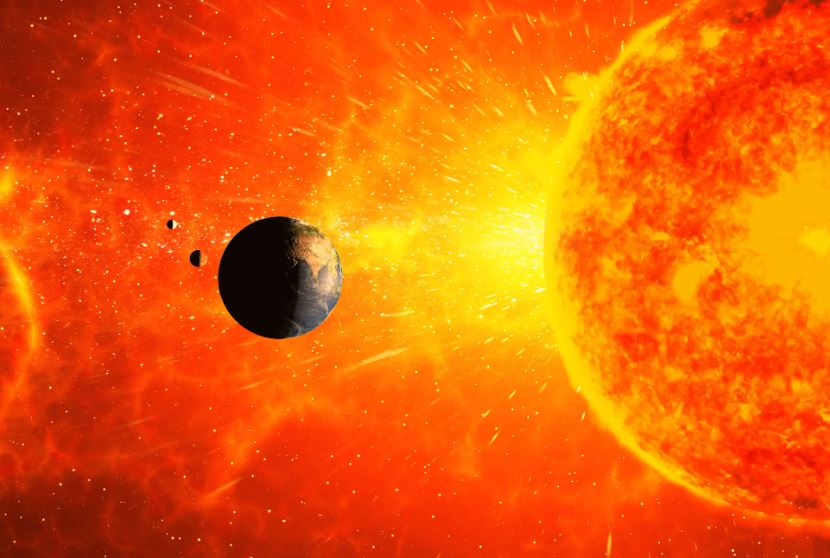
NOAA highlighted that the 'severe' level is 'very rare', marking this as an unusual event.
Monitoring by the space weather prediction center
NOAA’s Space Weather Prediction Center (SWPC), a division of the National Weather Service, is closely observing the sun after a series of solar flares and coronal mass ejections (CMEs) that commenced on May 8.
The space weather forecasters have issued a Severe (G4) Geomagnetic Storm Watch for the evening of Friday.
The last instance when the Geomagnetic Storm Watch was classified as 'severe' was back in January 2005.
The sunspot clusters and their threat

The Space Weather Prediction Center stated, "These two sunspot clusters are magnetically complex and much larger than Earth. Together they have been the source of frequent M-class flares (minor to moderate).
RGN 3664 (the combined sunspot region) continues to grow and increase in magnetic complexity and has evolved into a higher threat of increased solar flare risk."
Potential impacts of the CMEs
The effects of the CMEs could range from the appearance of the northern lights to blackouts of high-frequency radio, satellite communication, and GPS problems, including increased range error.

Power system irregularities could also trigger false alarms on security devices.
The warning period and potential disruptions
Professor Peter Becker, of George Mason University, has previously explained that from Earth, we can usually see the flash of a CME with about 18-24 hours of 'warning' before the particles reach Earth and 'start interfering with Earth's magnetic field'.
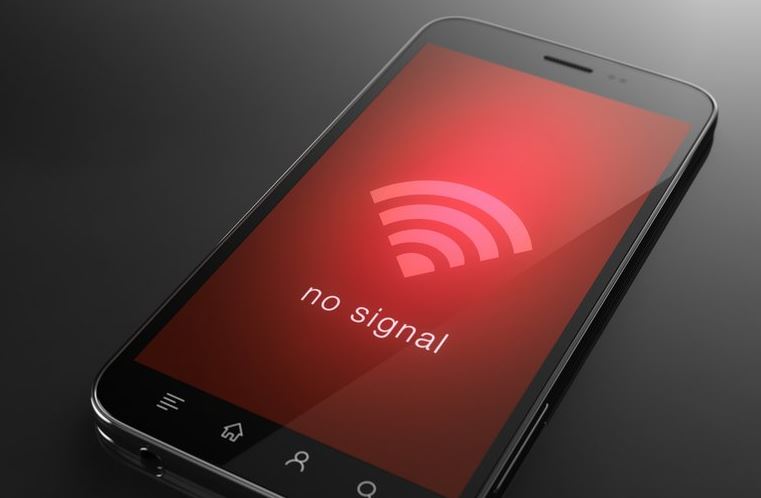
Blackouts and disruptions could persist for a few hours as the solar storm reaches its peak strength, but it could then continue at a reduced strength over the weekend.
While the storm may have impacts on technology, geomagnetic storms are not considered dangerous to humans.
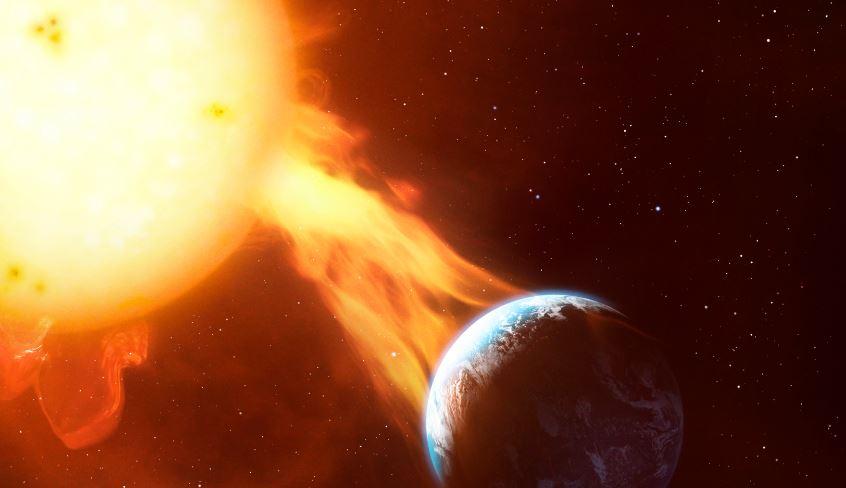
If the storm does knock out your tech, residents may instead be able to turn their attention to the Northern Lights in Canada and US states including North Dakota, South Dakota, Idaho, Maine, Michigan, Minnesota, Montana, New Hampshire, New York, Vermont, Washington, and Wisconsin.






